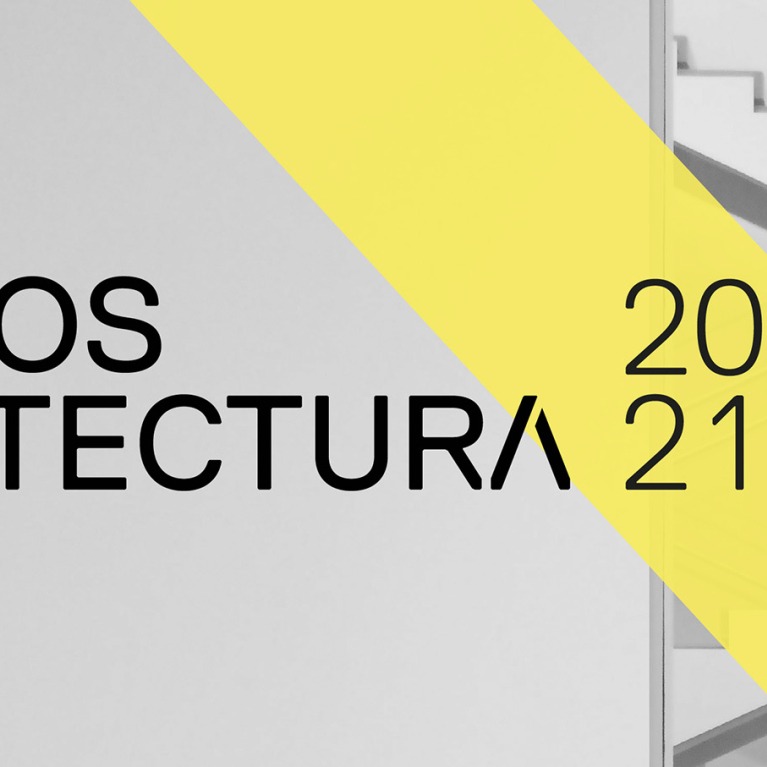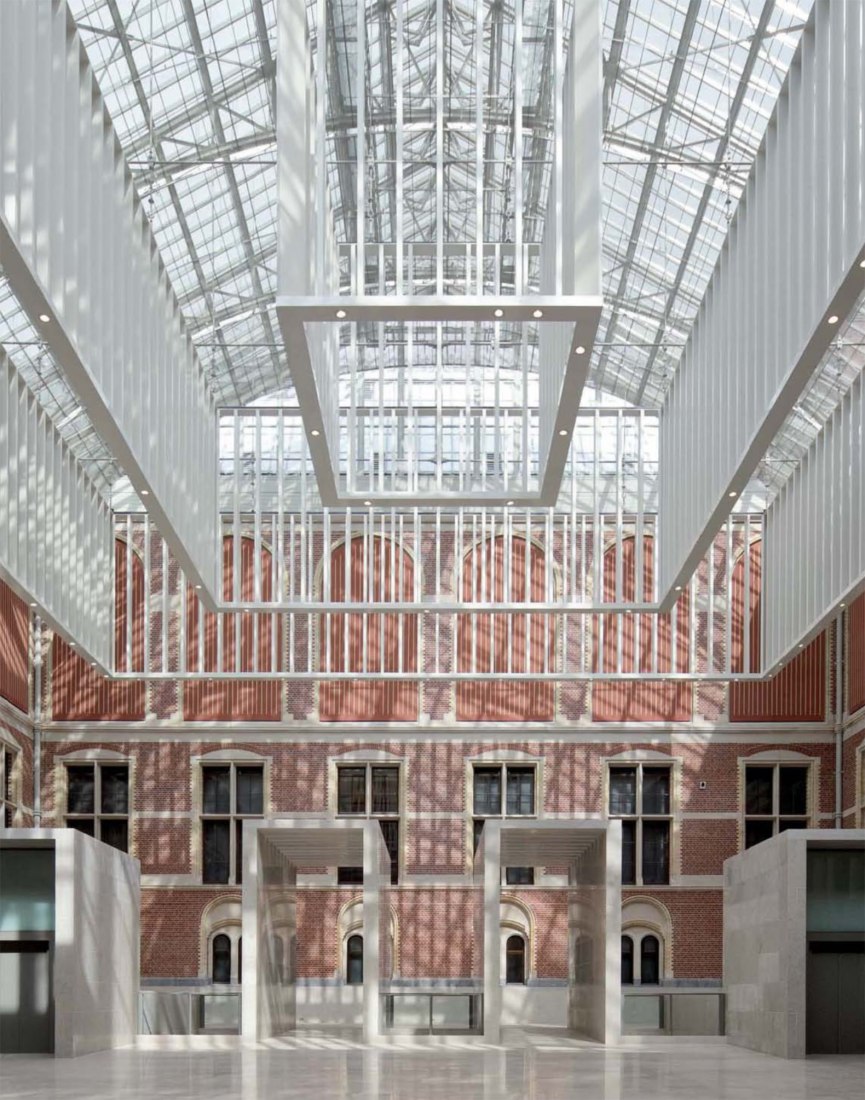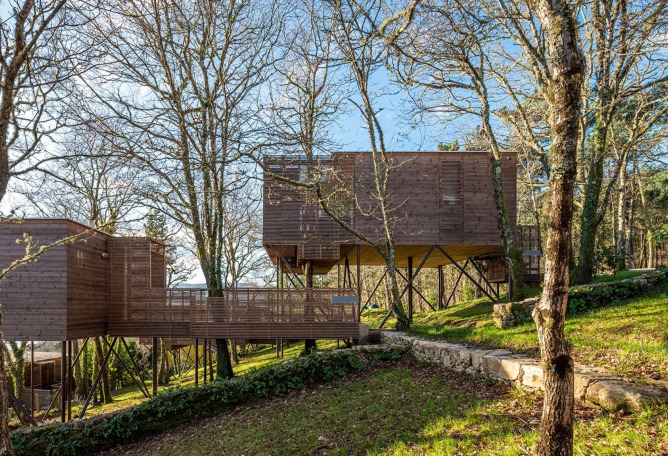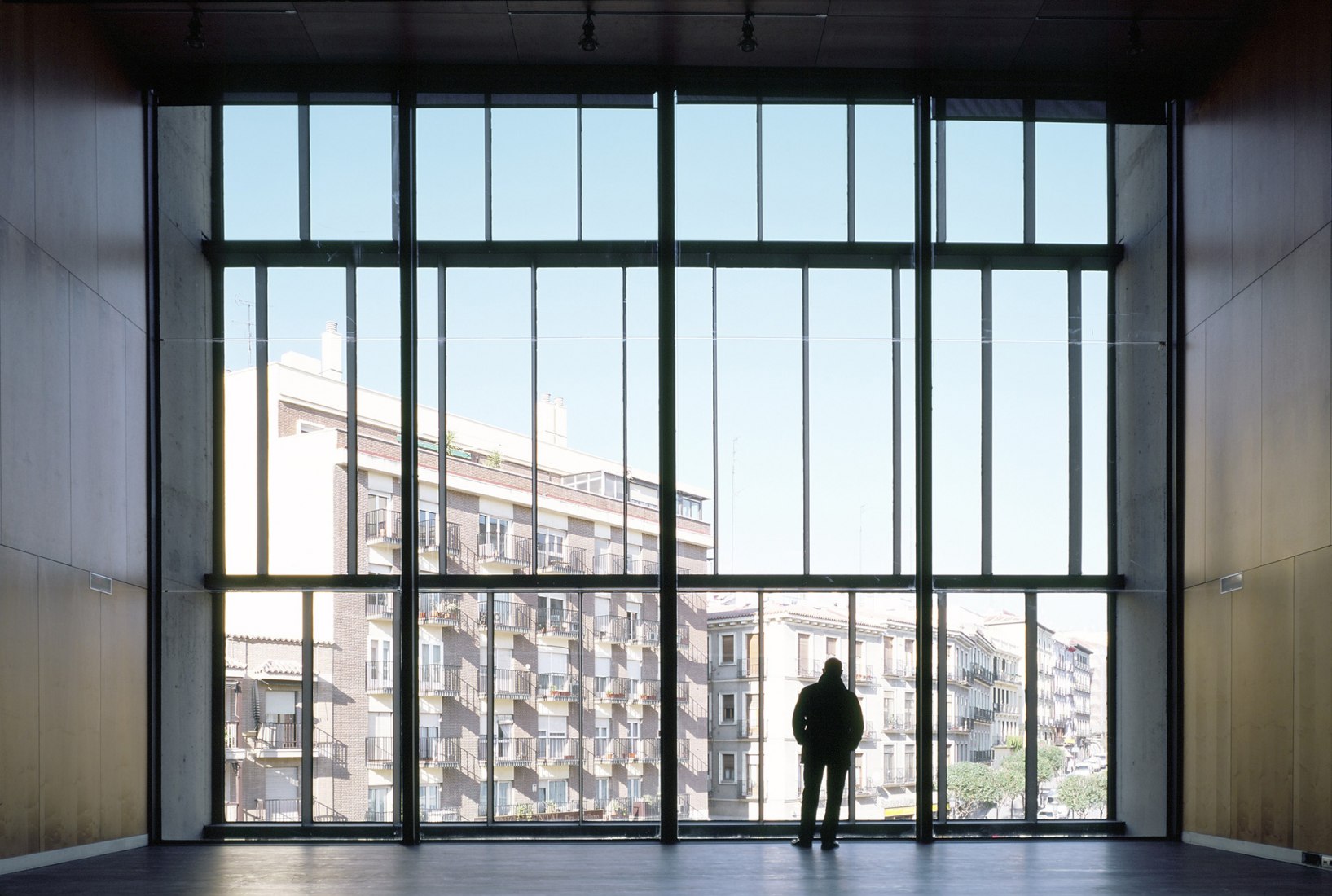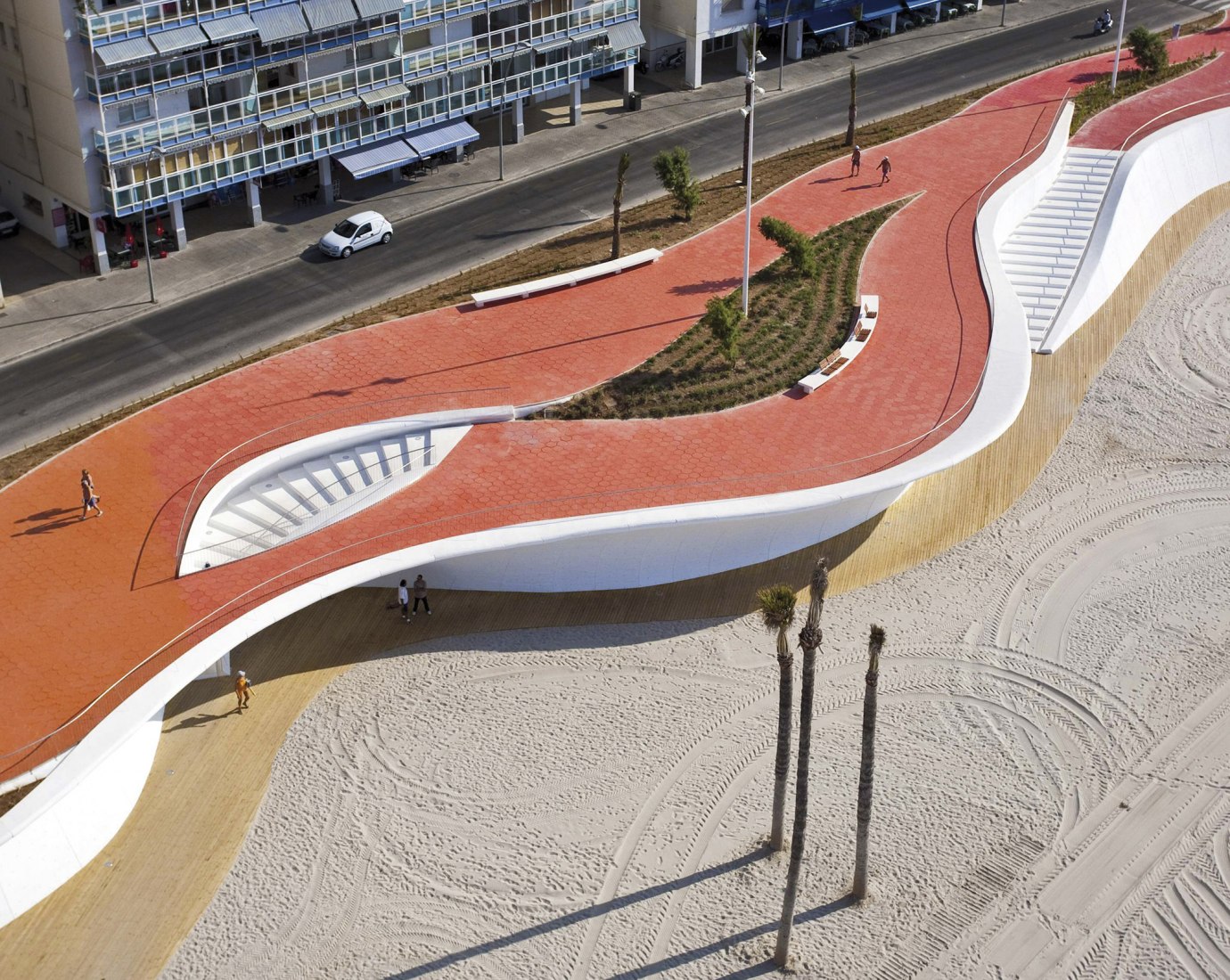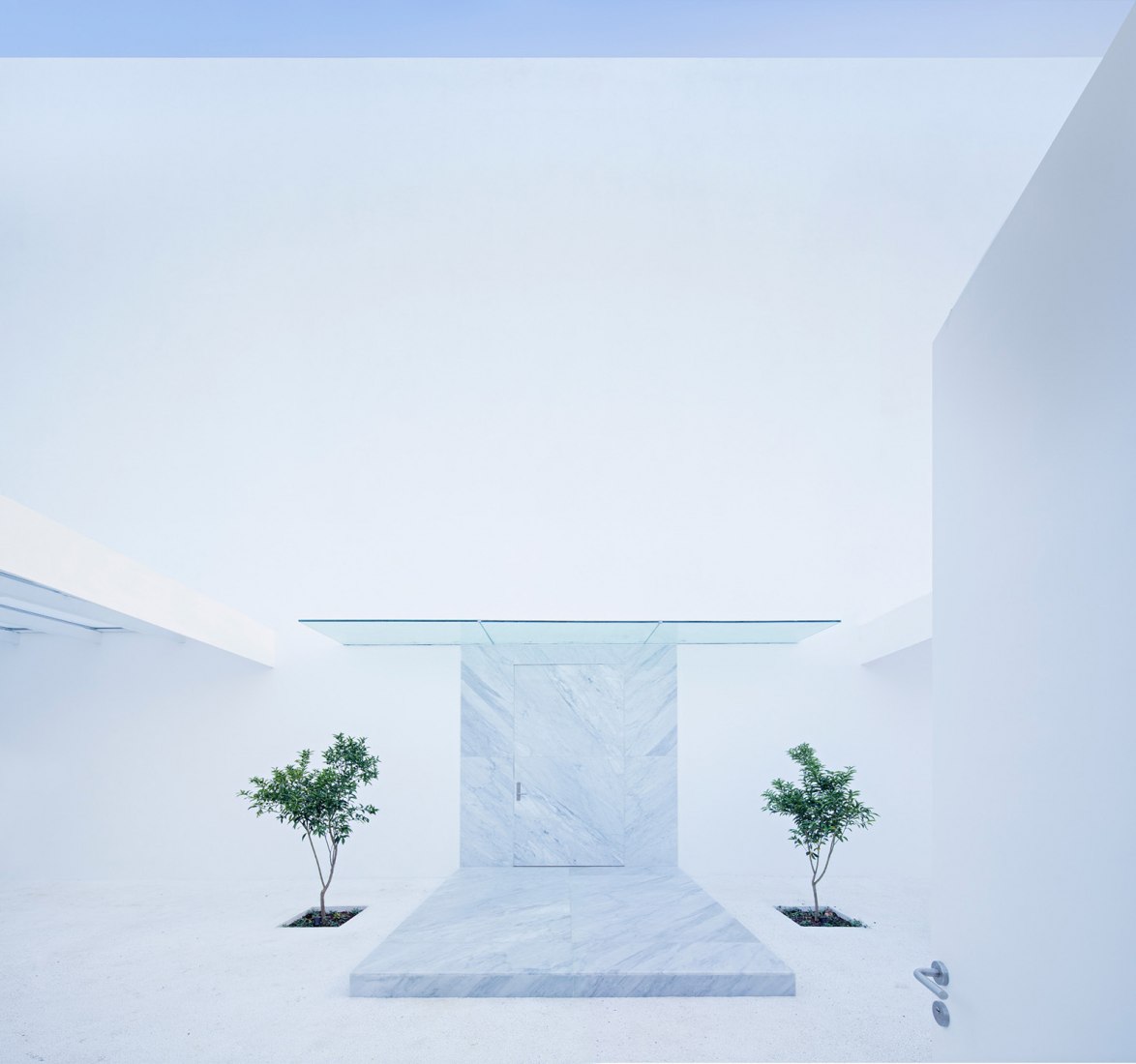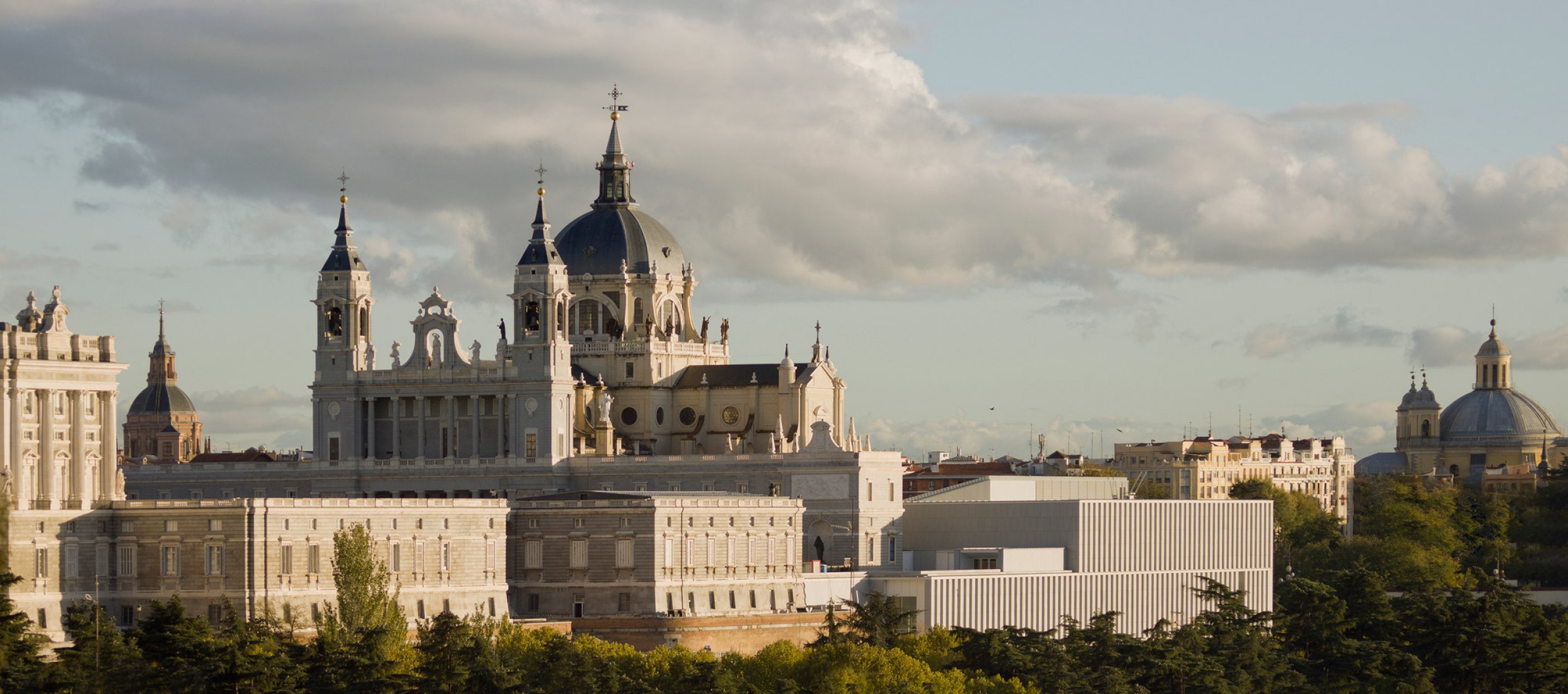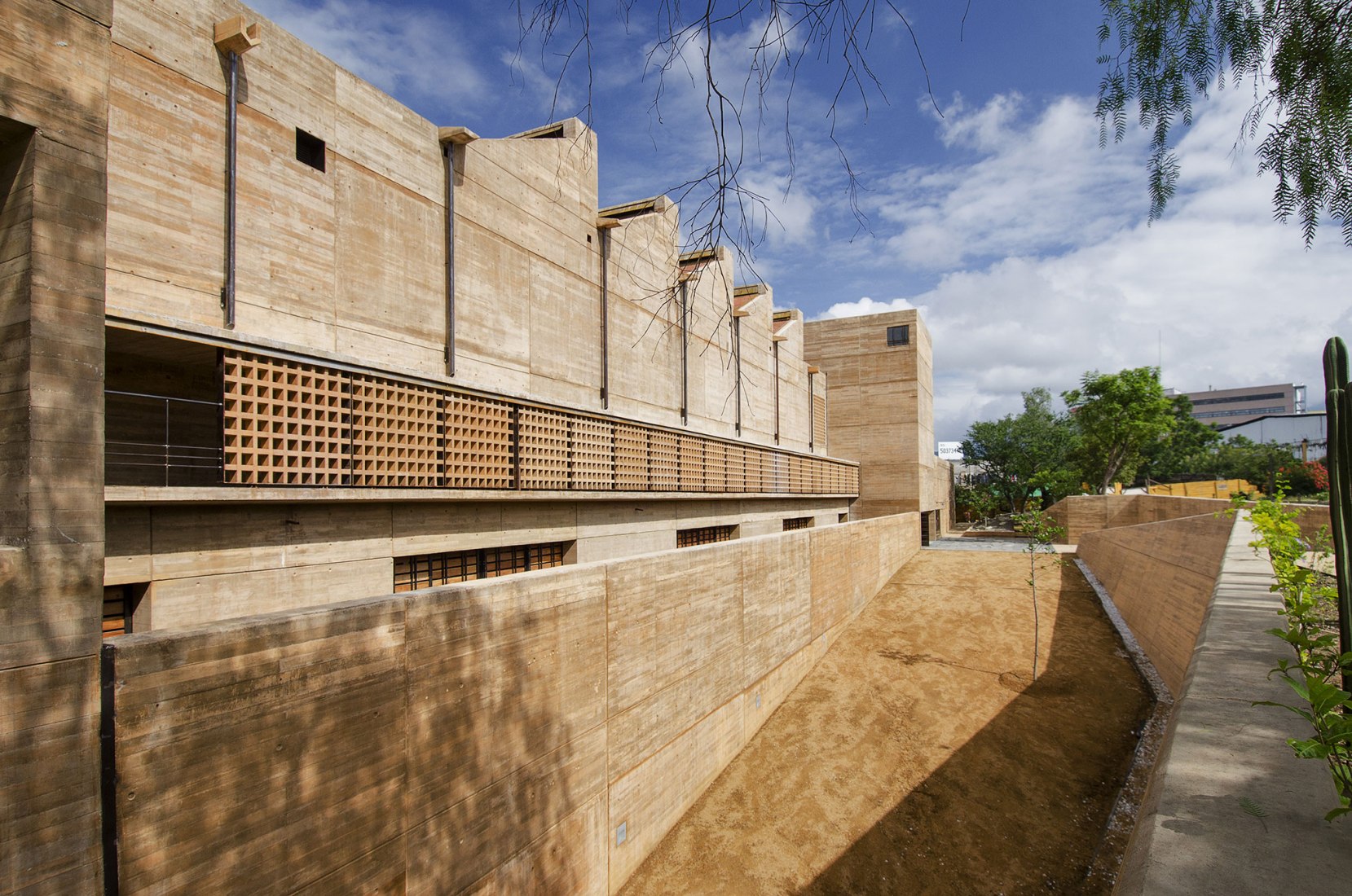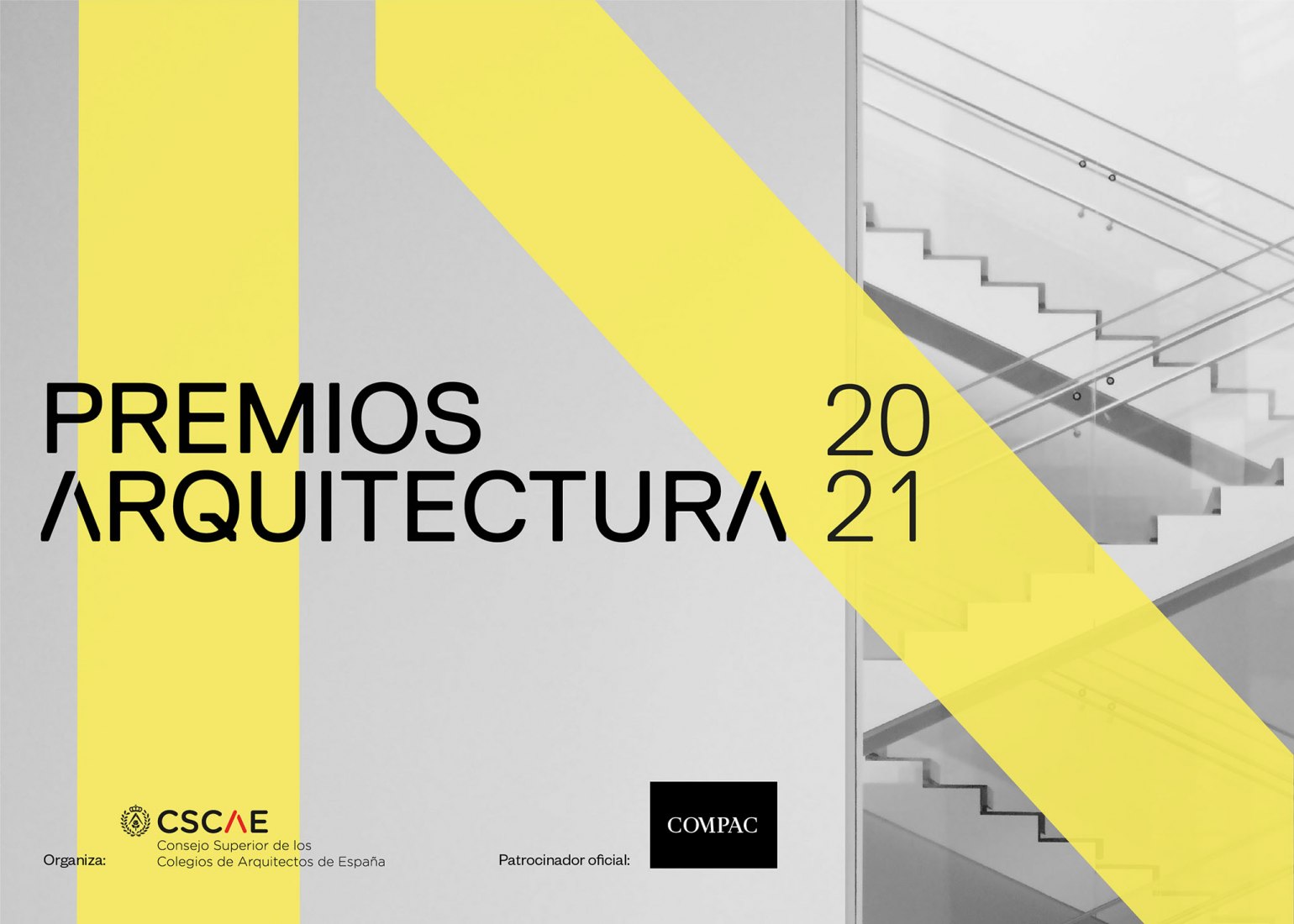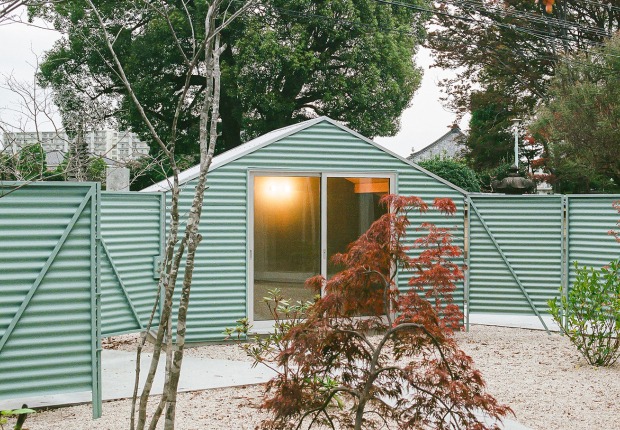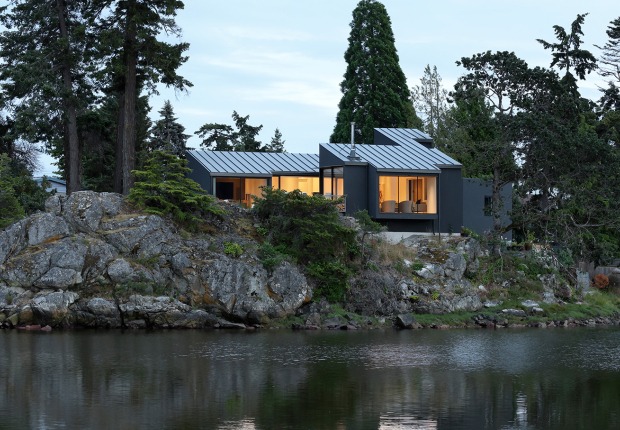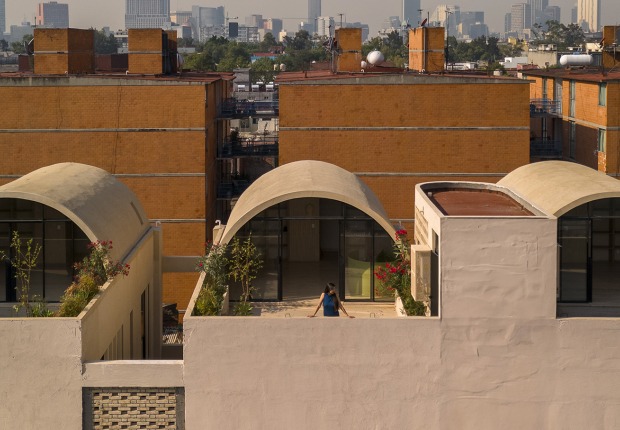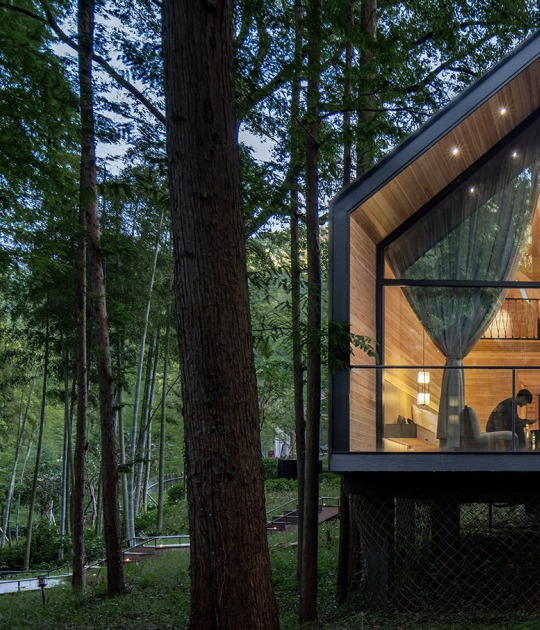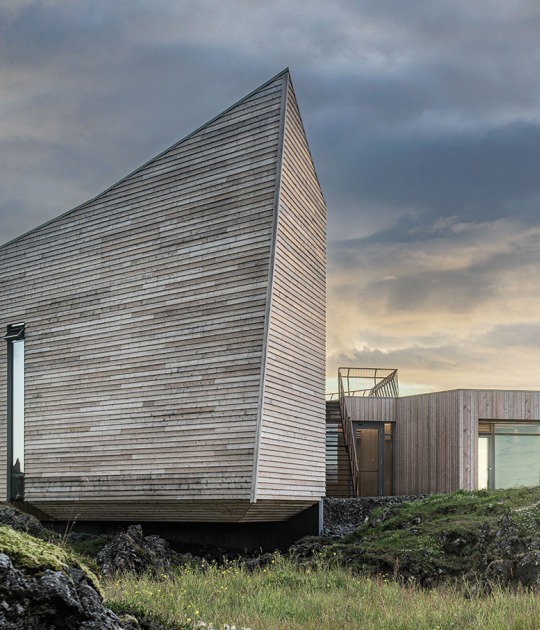The deadline for submitting proposals will open next Monday, the 8th, and all those works and projects of building, urban and territorial planning, landscape and public space, research or professional dissemination, minimal or ephemeral architecture, interior design and design of product made in Spain and abroad by Spanish architects and architects.
In all cases, the works must have been completed on January 1, 2020 and December 31 of this year and, between January 1, 2000 and December 31, 2001, in the case of the Permanence Award, since it will be recognized to those works that turn twenty years.
Throughout its history, the CSCAE has awarded the Gold Medal for Architecture to architects such as Alberto Campo Baeza (2019), Antonio Cruz and Antonio Ortiz (2014) or Miguel Fisac (1994), among others. He has also awarded distinctions to projects such as the Cartuja Hospital, by the architects Sara de Giles Dubois and José Morales Sánchez, the Royal Collections Museum, by Luis Moreno Mansilla and Emilio Tuñón, the Valle Inclán Theater, by Ángela García de Paredes and Ignacio G. Pedrosa or the Museum of Fine Arts of La Coruña, by Manuel Gallego Jorreto, among others.
In all cases, the works must have been completed on January 1, 2020 and December 31 of this year and, between January 1, 2000 and December 31, 2001, in the case of the Permanence Award, since it will be recognized to those works that turn twenty years.
Throughout its history, the CSCAE has awarded the Gold Medal for Architecture to architects such as Alberto Campo Baeza (2019), Antonio Cruz and Antonio Ortiz (2014) or Miguel Fisac (1994), among others. He has also awarded distinctions to projects such as the Cartuja Hospital, by the architects Sara de Giles Dubois and José Morales Sánchez, the Royal Collections Museum, by Luis Moreno Mansilla and Emilio Tuñón, the Valle Inclán Theater, by Ángela García de Paredes and Ignacio G. Pedrosa or the Museum of Fine Arts of La Coruña, by Manuel Gallego Jorreto, among others.
"We are living in times of change, with pressing challenges, such as global warming, access to decent and adequate housing, and environmental and social rebalancing. In moments of profound transformations like this one, where it is necessary to redefine cities and the environment in which we live, architecture reveals all its usefulness to respond in an innovative, creative and effective way to new requirements, creating the right environment for new forms of living. individual and collective well-being. The ARCHITECTURE Awards respond to this paradigm shift, and aim to bring it closer to society, spreading the values of architecture to build a better world."
Lluís Comerón, president of the CSCAE.
The new president of the Council of Architects of Europe (CAE), Ruth Schagemann, has highlighted the connection of the ARCHITECTURE Awards with strategic policies such as the New European Bauhaus:
"In Europe, we are achieving a paradigm shift in energy and environmental policy. The objective is clear: ecological and digital transformation is necessary to achieve climate neutrality by 2050. We are moving from a purely technocratic approach to an idea of high-quality architecture and built environment that includes social and cultural aspects and in which architects participate and also citizens."
"In this framework, the architecture and the quality of the built environment is constituted as an element of general interest," emphasized Schagemann, who has valued the draft of the Architecture Quality Law that is being processed in Spain.
In their new format, the awards, which are officially sponsored by COMPAC, will recognize the social and cultural values of architecture and urbanism, focusing on their effects on people's health, well-being and safety, as well as as in the sustainability of the planet.
Collegiate architects may submit proposals, and may be their own works or those of third parties; the Higher Technical Schools of Architecture, social or cultural organizations, different bodies of the Public Administrations and representatives of the governing bodies or groups of the Colleges of Architects. In the event that the proposal is made by a person or entity other than the author, it must have the express consent of the author for its presentation. Proposals must be attached to the College of Architects or Autonomous Council in which the work is located or the collegiate address of its author and may only be submitted to a College of Architects or Autonomous Council.
